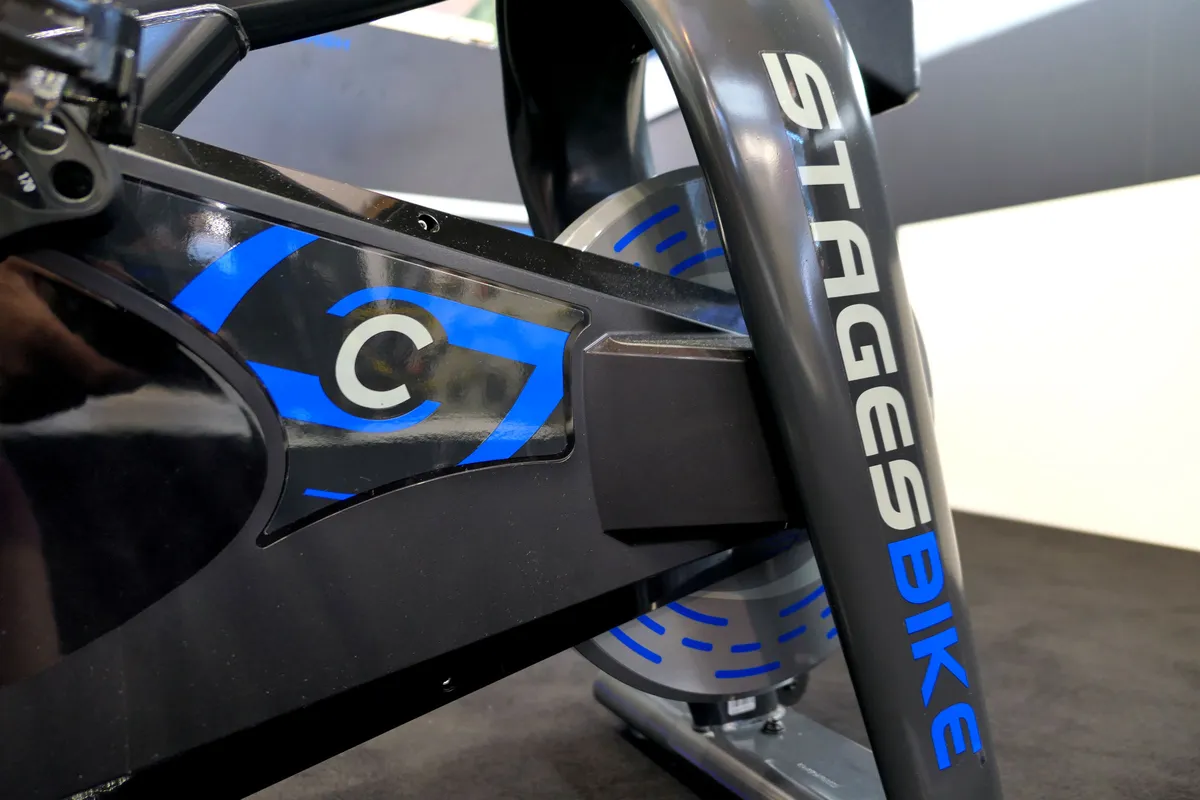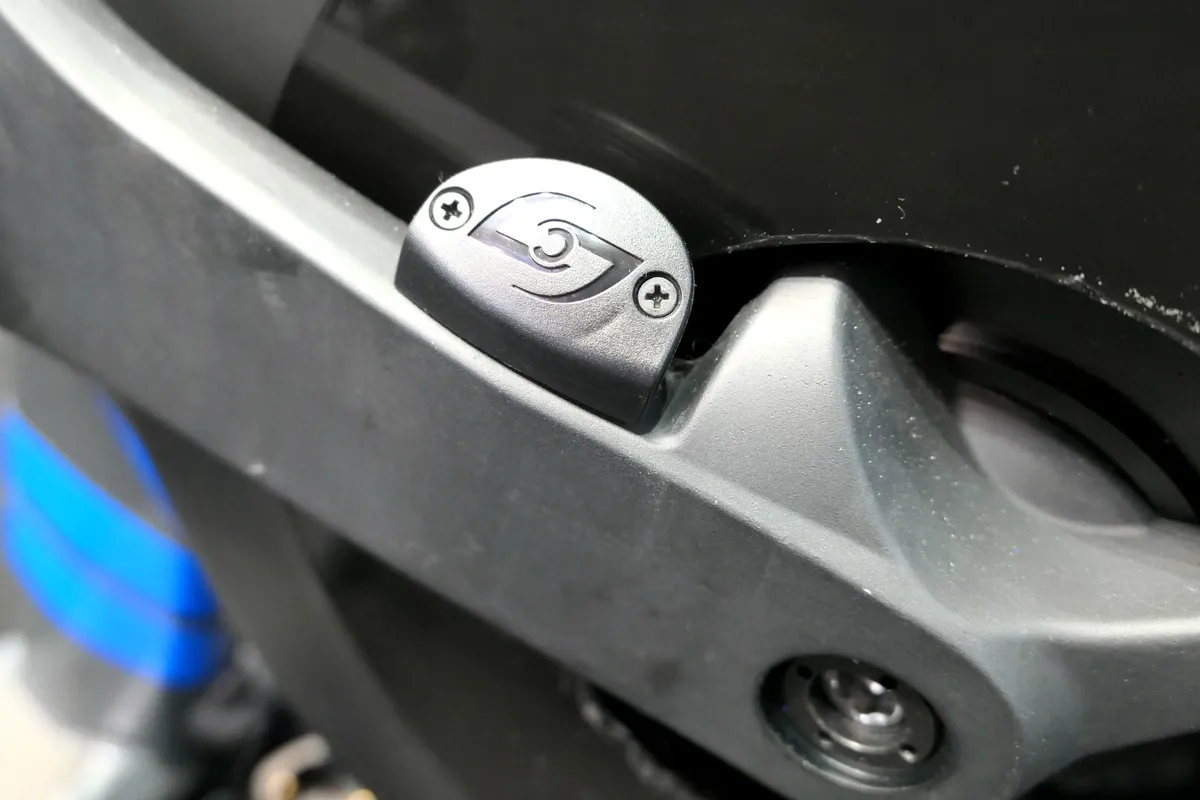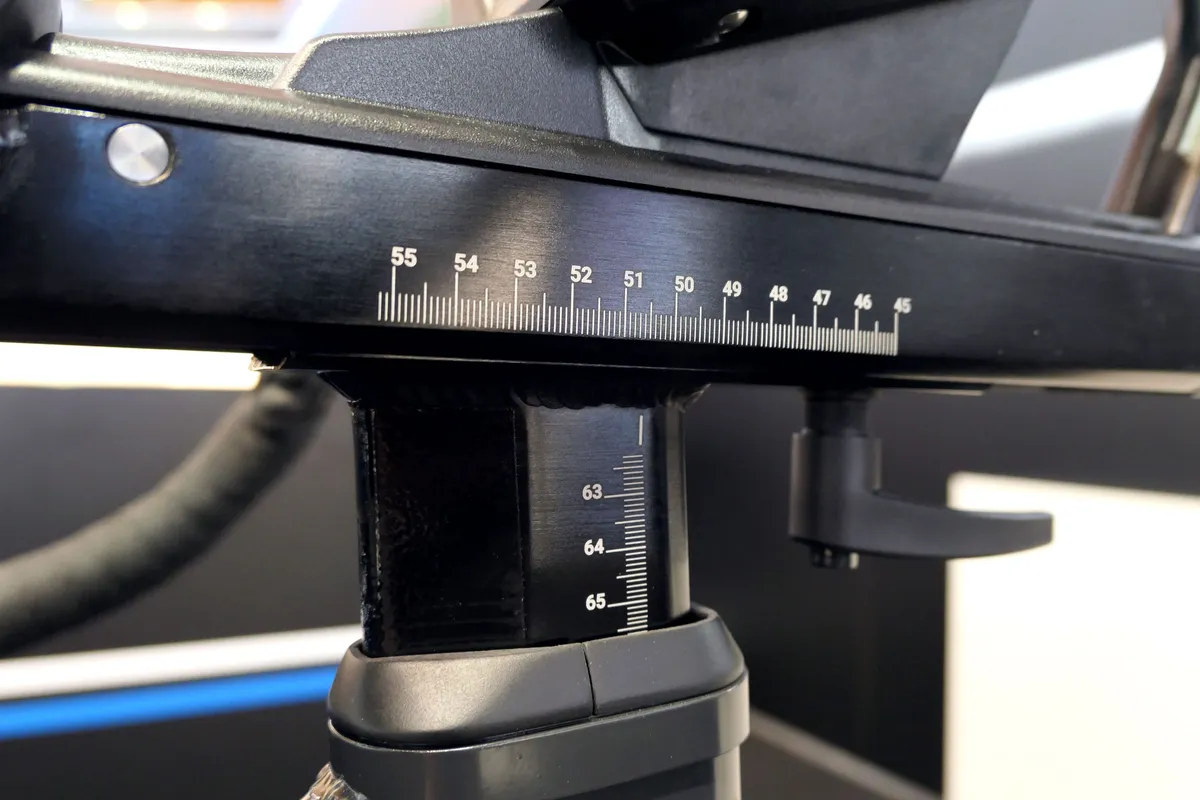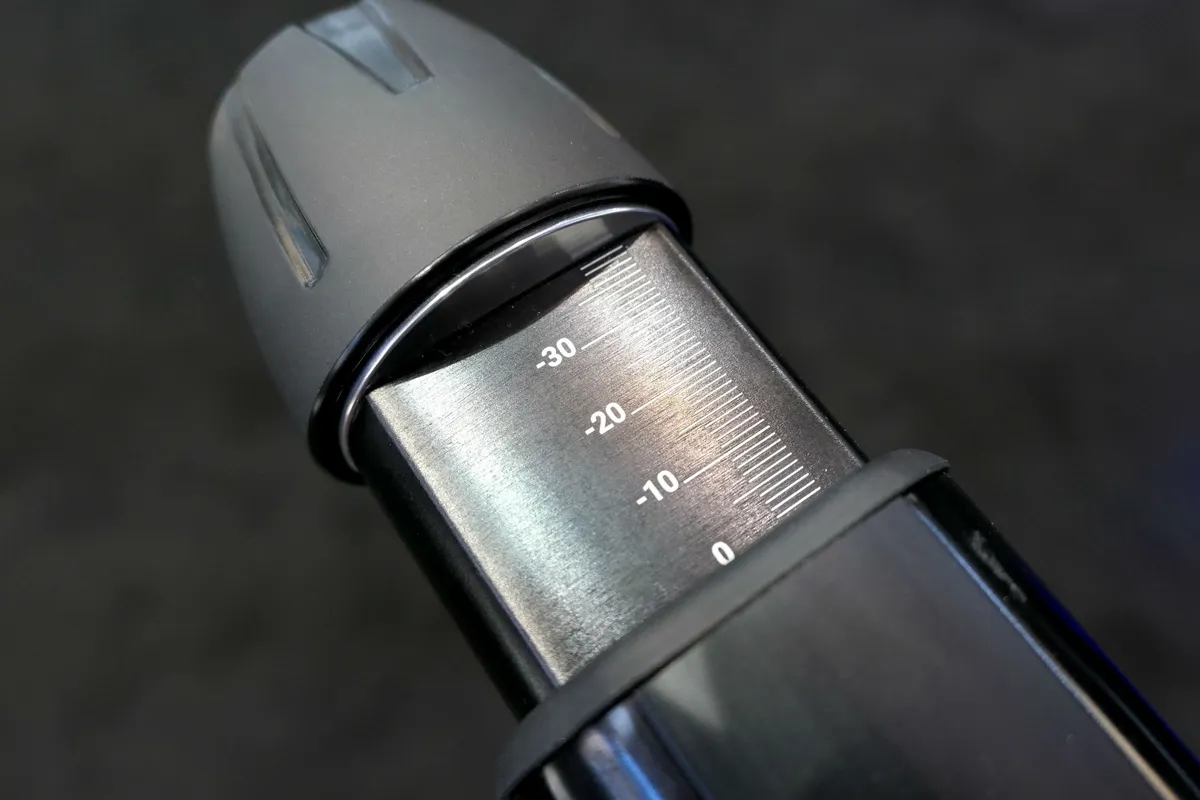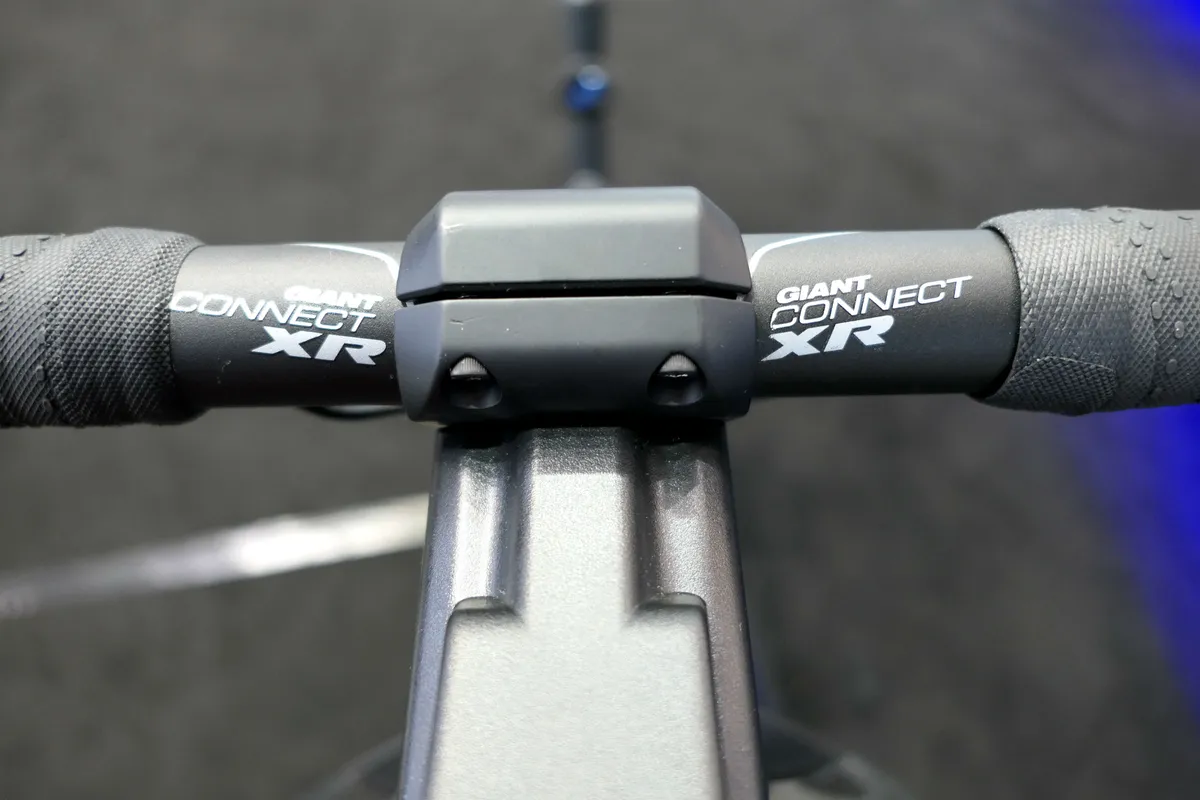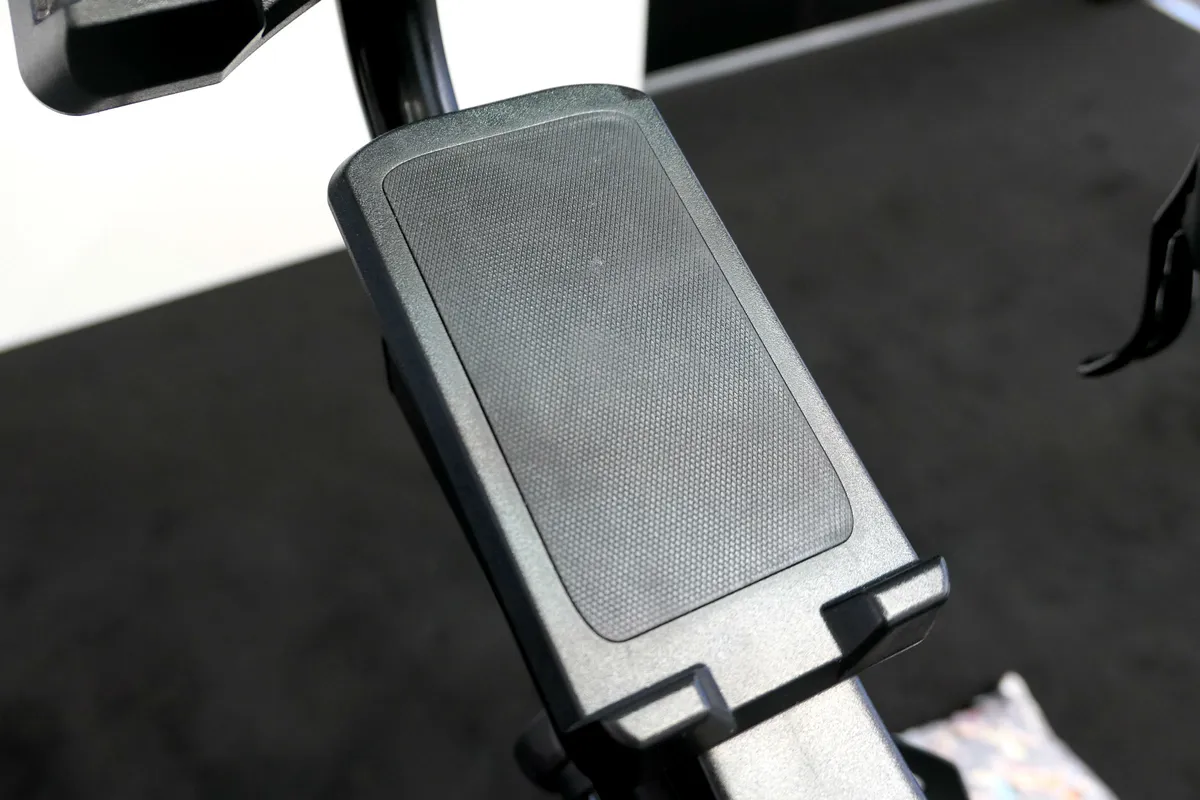Stages has launched an indoor smart training bike for cyclists. While the StagesBike may not be imaginatively-named, it looks to offer an impressive range of features, with dual-sided power measurement at a claimed accuracy of +/- one percent, programmable electronic shifting, five-point adjustability and, of course, compatibility with Zwift (and other training apps).
With launches from Wahoo, SRM and Stages at Eurobike 2019, indoor smart training bikes are the hot topic of this year’s show. While Wattbike has long offered a dedicated indoor bike, smart trainer and power meter brands are now entering the fray in this fast-developing corner of the market.
The StagesBike is an evolution of the SC Series machine produced by Stages for fitness studios, and offers a more aggressive fit better-suited to dedicated cyclists, as opposed to gym-goers.
- Eurobike 2019: All BikeRadar’s coverage from the world’s biggest cycling show
- Is the Garmin Venu OLED GPS smartwatch an Apple Watch killer? Plus updated Vivoactive range
StagesBike smart indoor training bike tech specs
- Cycling-specific evolution of SC Series fitness bike
- Dual-sided power meter with claimed +/- one percent accuracy
- Gates Carbon belt drive, design to take up to 3,000 watts at 120rpm
- Programmable electronic shifting, braking and steering
- Five-point fit adjustability
- Available Q1 2020
- Expected price $2,600-2,800 / £2,400-£2,600
The StagesBike is equipped with the same dual-sided LR crank-based power meter as used by Team Ineos to measure the rider’s wattage to a claimed accuracy of +/- one percent.
The Gates Carbon belt drive drives a ~22.5kg flywheel to offer what Stages describes as "quiet, maintenance-free… electronic resistance of up to 3,000 watts at 120rpm".
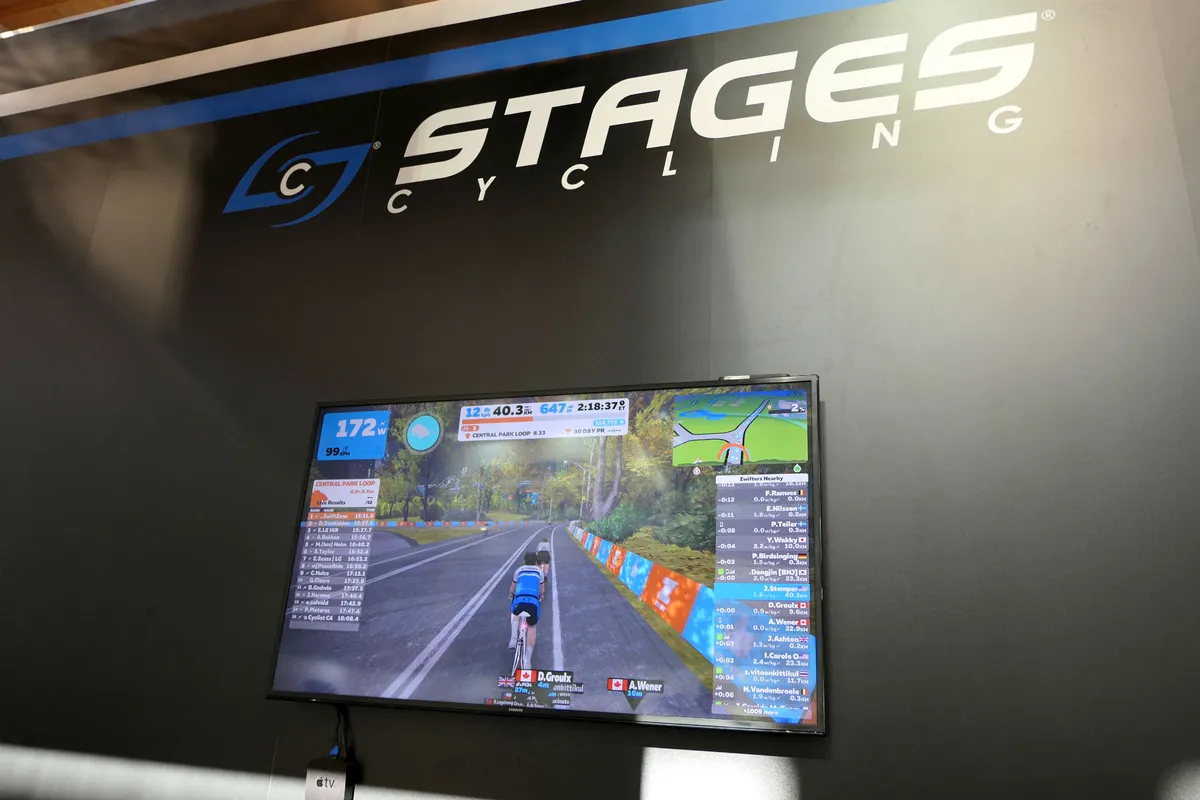
A quick spin on the StagesBike, connected to Zwift, at Eurobike suggests the road-like ride quality is impressive, as are the gear changes through the electronic shifters.
Programmable electronic shifting
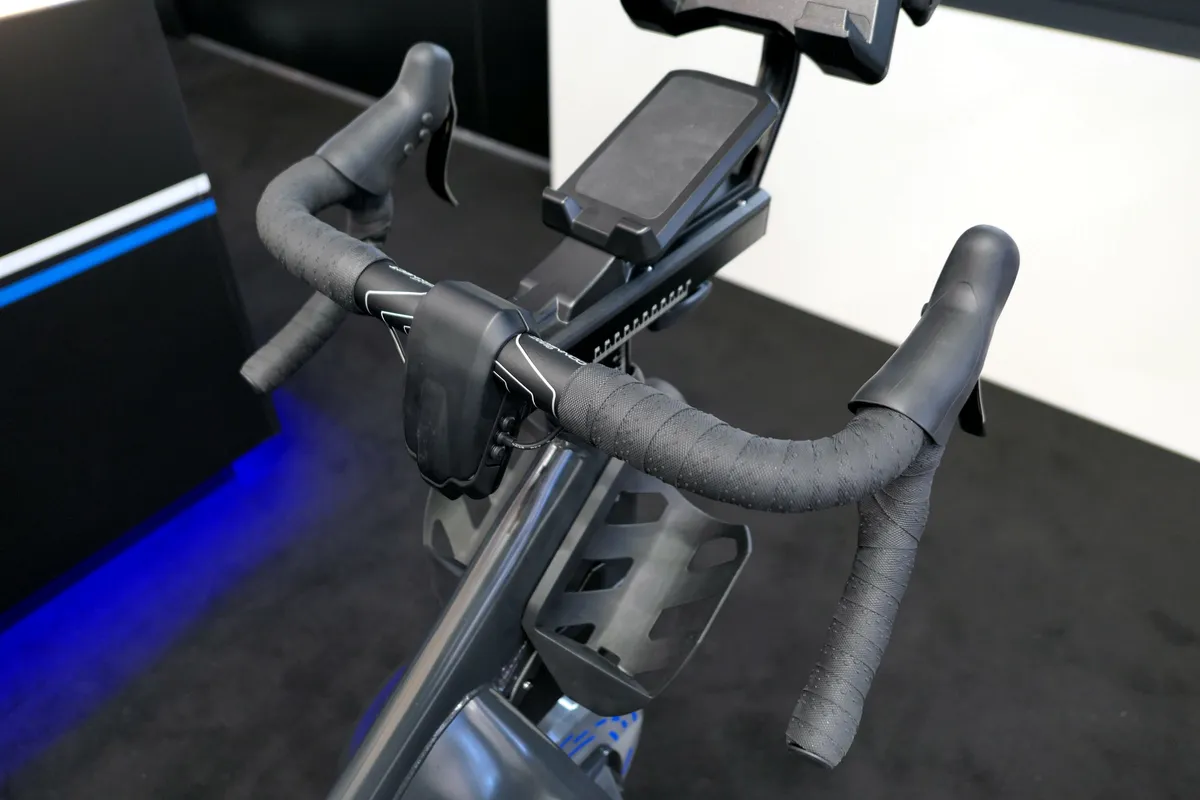
Speaking of which, the StagesBike’s drop handlebar is equipped with a number of buttons to change gear.
On the left-hand hood, two buttons shift the virtual ‘front derailleur’ (there isn’t one, of course; a front shift equates to a 50W increase/decrease in wattage), while two buttons on the right-hand hood shift the 11-speed ‘rear derailleur’ (at 10W increments if you’re not using an app to ride to a prescribed power output).
At least, that’s how Stages had the bike setup at Eurobike. While the StagesBike itself is close to production, a full launch isn’t expected until the first quarter of 2020 and the time in between is to be spent finalising development of an accompanying app that will allow riders to customise shifting.
Want to run a virtual 1×13 setup like Rotor’s Uno groupset? No problem, according to Stages. You’ll also find sprinter shifters on the drops, once again with two buttons on either side of the handlebar.
The future of indoor training?
Another set of buttons future-proofs the StagesBike against virtual steering in apps like Zwift (though you can’t actually turn the bars), while the brakes also work, and will slow the flywheel and eventually stop you turning the cranks.
While Zwift doesn’t yet offer braking, it’s interesting to see hardware like the StagesBike preparing for future indoor training developments.
The handlebar itself can be swapped out to replicate your regular bike (that includes aero bars), and the same goes for the saddle. The saddle and handlebar both offer stepless adjustment for height and fore/aft position, while there are also four options (165mm, 170mm, 172.5mm, 175mm) for crank length (pedals are not included with the bike).
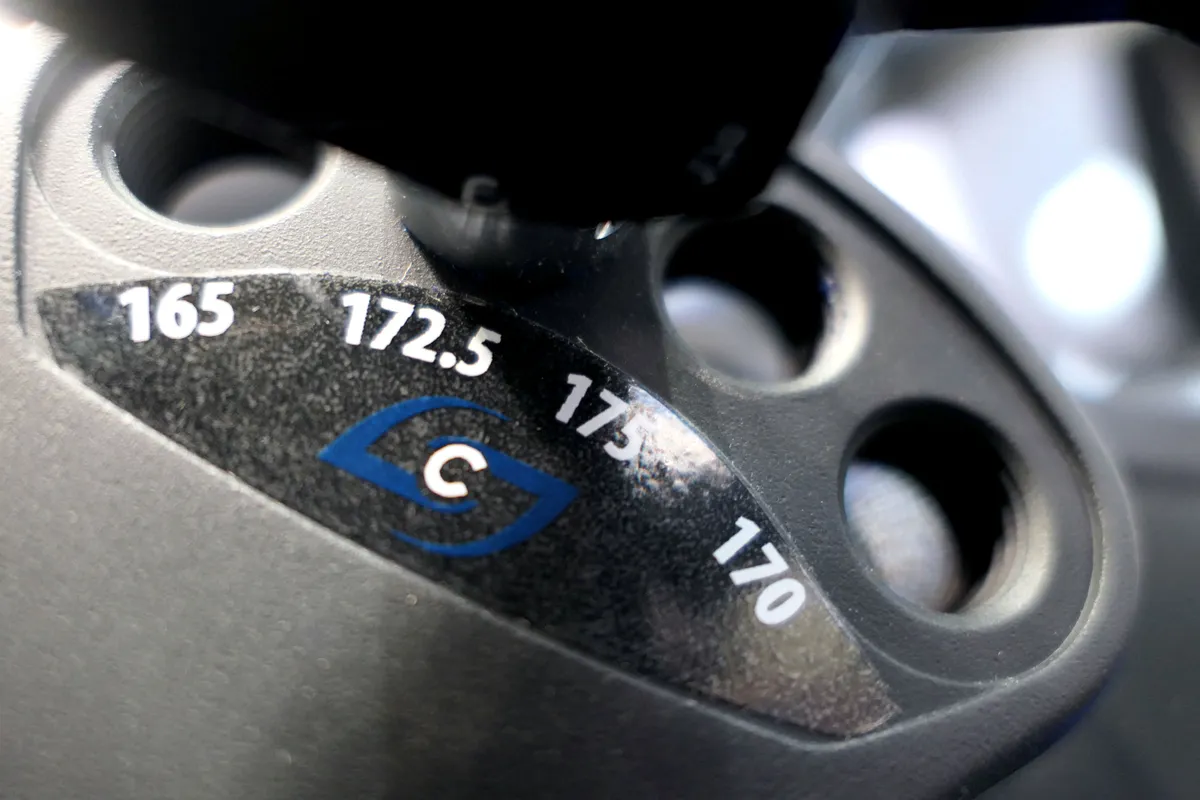
Finally, the StagesBike offers Bluetooth and ANT+ connectivity, has an adjustable tablet holder and features two USB ports for mid-ride device charging. Handy.
Pricing is to be confirmed but expect to see the StagesBike on sale in early 2020 for around $2,600-2,800 / £2,400-£2,600.
